#Imbolc
Text
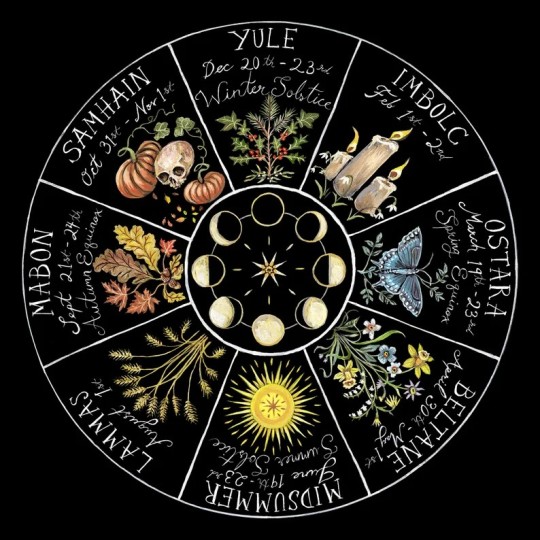
Source
#wheel of the year#etsy#print#yule#imbolc#ostara#beltane#midsommar#midsummer#lammas#mabon#samhain#pagan witch#pagan#paganism#paganblr#witch
5K notes
·
View notes
Text
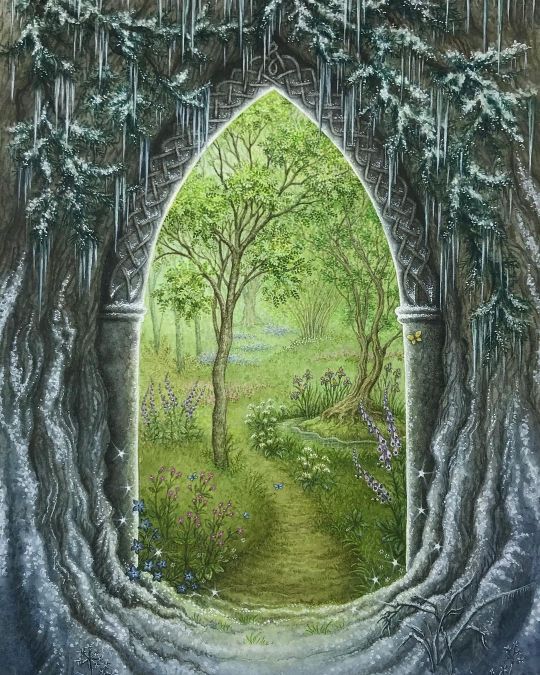
A little glimmer of the seasons changing
Painting by Meraylah Allwood: Website, Etsy, Instagram
2K notes
·
View notes
Text

lamblittle
1K notes
·
View notes
Text
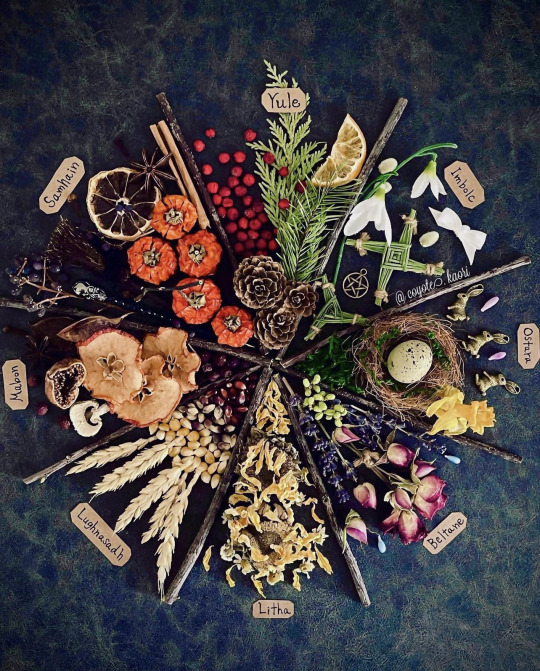
📷 Coyote.kaori
#wheel of the year#Samhain#mabon#imbolc#Ostara#Yule#litha#lammas#lughnassadh#beltaine#witchblr#witches of tumblr#witchcraft#wicca#pagan#witchy things#witchy#magick#green witch#baby witch#kitchen witch#witch altar#wiccan altar
2K notes
·
View notes
Text
“Where are your pagan gods now?”

Gardening

Comforting your abandoned dead
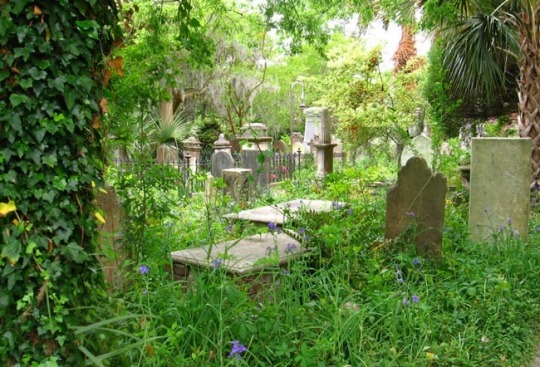
Reclaiming
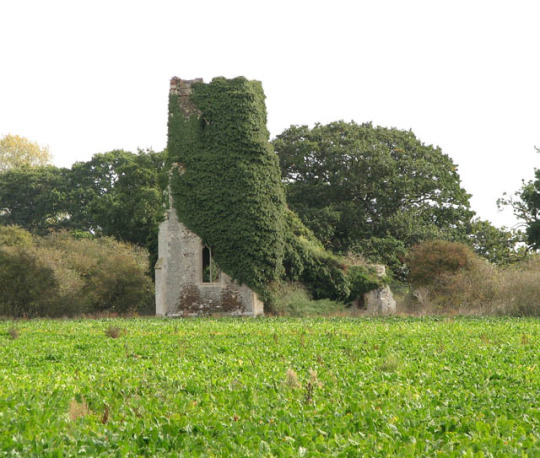
Rerooting

#paganism#pagan#pagan witch#pagan deities#druid#pagan Druid#druidism#nature#rebirth#imbolc#fantastical February#spring#spring equinox#winter solstice#wizard#witchy#witch#witchcraft
983 notes
·
View notes
Text
Imbolc Altar Ideas & Correspondences

Imbolc, also known as Candlemas or Brigid's Day, marks the halfway point between the winter solstice and the spring equinox. It's a time to celebrate the returning light and the awakening of the Earth.
Altar Decorations:
Candles: Imbolc is strongly associated with the element of fire. Decorate your altar with candles in shades of white, yellow, and light blue to represent the increasing daylight.
Brigid's Cross: Craft or purchase a Brigid's Cross, a traditional symbol associated with the Celtic goddess Brigid. Hang it on your altar as a protective charm.
Seasonal Flowers: Place early spring flowers like snowdrops, crocuses, and daffodils on your altar. These symbolize the first signs of life returning to the land.
Herbs: Incorporate herbs such as rosemary, thyme, and cinnamon for their purifying and invigorating properties. Bundle them together with a red or white ribbon.
Seeds: Represent the potential for growth by adding a dish of seeds to your altar. Consider seeds associated with early spring crops like wheat or herbs.
Imbolc Symbols: Include symbols like lambs, ewes, and the sun to capture the essence of this seasonal transition.
Candle Holders: Choose unique candle holders or lanterns to enhance the ambiance. Consider using candle holders in the shape of suns, stars, or nature-inspired designs.
Divination Tools: Add divination tools like tarot cards or runes to your altar for seeking guidance during this transitional period.
Symbolic Stones: Integrate crystals such as citrine for abundance, aquamarine for clarity, and moonstone for intuition. Arrange them aesthetically around your altar.
Feathers: Symbolizing air and spirituality, feathers can be incorporated to invoke the energy of the season. Choose feathers from birds associated with the goddess Brigid, like swans or owls.
Artwork: Display artwork or illustrations that resonate with the themes of Imbolc. This could include depictions of Brigid, snow-covered landscapes, or symbols of growth and renewal.
Imbolc Incense: Craft or purchase incense blends with scents like frankincense, myrrh, and chamomile to fill your sacred space with a soothing and purifying aroma.
Correspondences
Goddess Brigid: Imbolc is sacred to Brigid, the Celtic goddess of hearth, home, and inspiration. Invoke her energy for healing, creativity, and protection.
Colors: White, yellow, light green, and light blue are associated with Imbolc. Use these colors in candles, altar cloths, and decorations to align with the festival's energy.
Stones: Crystals such as amethyst, garnet, and clear quartz resonate with Imbolc's energies.
Foods: Dairy products, especially cheese, and foods made with seeds like bread or muffins are fitting for Imbolc. Set offerings on your altar or incorporate them into your celebration feast.
Water: Imbolc is also associated with the element of water. Include a small bowl of water on your altar to symbolize purification.
Creativity Symbols: Imbolc is a time for inspiration and creative endeavors. Include symbols of your creative pursuits, such as a paintbrush, musical instrument, or writing quill.
Anointing Oils: Create or purchase anointing oils infused with herbs like lavender, rosemary, and frankincense. Use them to anoint candles, tools, or yourself during Imbolc rituals.
Animal Representations: Incorporate figurines or images of animals associated with Brigid, such as lambs, cows, or swans, to honor her connection to the animal kingdom.
Wheat or Corn Dolls: Craft small dolls from wheat or corn husks, symbolizing the harvest to come. Place them on your altar as a representation of the Earth's fertility.
Bell or Chimes: Hang a bell or wind chimes near your altar to symbolize the awakening of nature and the stirring of life. Ring it during your Imbolc rituals to mark significant moments.
Decorative Cloth: Choose an altar cloth with intricate patterns or symbols related to Imbolc, such as suns, wheels, or Brigid's crosses, to add a touch of magic to your sacred space.
May you find warmth in the returning light. <3
#pagan#witchcraft#paganism#witch#occult#wicca#dark#magick#neopagan#wiccan#imbolc#february#witchblr#imbolg#brigid of kildare#goddess brigid#st brigid
668 notes
·
View notes
Text
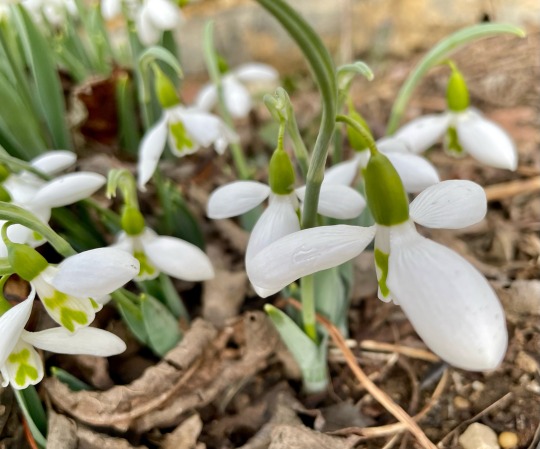

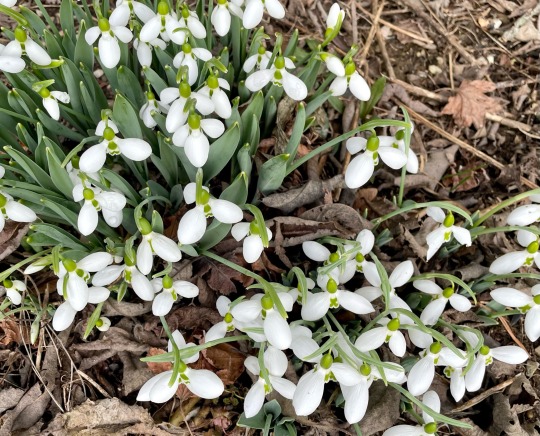


Snowdrops in the garden and Imbolc/St Brigid’s Day is almost here!
657 notes
·
View notes
Text

In honor of Imbolc, here is an art study I carried out by illustrating different variations of Brighid's Cross.
406 notes
·
View notes
Text

All About Imbolc
Imbolc, also known as Imbolg, celebrated on February 1st, marks the halfway point between the winter solstice and the spring equinox in early Ireland and Scotland, and also signified the beginning of the first signs of spring after all the harsh winter days. Originally a pagan holdiay in pre-Christian times, there is little in writing about the historic traditions and customs, although many historians believe it revolved around the Celtic Goddess Brigid, lambing season, and cleansing due to observed ancient poetry.
Brigid is a Goddess and daughter of the father-God of Ireland, Dagda. She is associated with quite a few things depending on the sources, but universally associated with wisdom and poetry. Other associations of hers are blacksmithing, protection, domesticated animals, childbirth, fire, and healing. She was also known as a protector of the home and the family.
Once Christianity arose, it is believed that the Goddess was syncretized with the Irish Saint Brigid by Christian monks due to the many overlapping associations. This caused Imbolc to quickly turn into St. Brigids Day and the next day into Candlemas with the rising Christian popularity, enmeshing the holiday associations together.
Today, many people have mixed the traditions and melded many associations from both religious and cultural history to celebrate their own unique way. Common ways to celebrate are making a Brigid's Cross, welcoming Brigid into the home, having a feast in her honor, cleaning the home and oneself, visiting a holy well, and in some parts of the world they still hold festivals and processions carrying a representation of Brigid. Many pagans nowadays are using associations of hers and their connection with nature to create their own ways to celebrate, however, and you can absolutely celebrate however you feel called to do so.
Imbolc Associations:
Colors - white, gold or yellow, green, and blue
Food - milk, butter, cheese, seeds and grains, breads, herbs, blackberries, oat porridge, wild onion and garlic, honey
Animals - sheep and lambs, swans, cows, burrowing and hibernating animals
Items - candles, corn dolls, Brigid's cross, fires, snowdrops and white flowers, crocuses and daffodils, flower crowns
Crystals - amethyst, garnet, ruby, quartz, bloodstone
Other - lactation, birth, feasting, farm preparation, cleansing and cleaning, the sun, poetry and creative endevours, smithing, water
Ways To Celebrate Imbolc:
make a Brigid's cross
light candles
have a feast
bake bread
plan your spring garden
leave an offering for Brigid
make a corn doll
craft a flower crown
clean your home
take a cleansing bath
make something out of metal
have a bonfire
look for the first signs of spring
make your own butter or cheese
do divination work and seek wisdom
write a poem
#magical#magic#magick#witch#witchy#pagan#paganism#witchblr#imbolc#imbolg#brigid#st brigid#candlemas#holiday#baby witch#witch tips#sabbat#wheel of the year#wiccan#celtic#gaelic#history#brigit#beginner witch#witchcraft#witchcore#cottage witch#hedge witch#green witch#eclectic witch
396 notes
·
View notes
Text

Blessed Imbolc!
297 notes
·
View notes
Text
February 2024 witch guide
Full moon: February 24th
New moon: February 9th
Sabbats: Imbolc-February 1st
February Snow Moon
Known as: Eagle Moon, Horning Moon, Solmonath Moon, Bear moon, Ice Moon, Wild Moon, Raccoon Moon, Big Winter Moon, Groundhog Moon, Quickening Moon, Storm Moon, Goose Moon, Hungry Moon & Red/Cleansing Moon
Element: Fire
Zodiac: Aquarius & Pisces
Nature spirits: House Faeries
Deities: Aphrodite, Brigid & Nut
Animals: Otter & Unicorn
Birds: Chickadee & Eagle
Trees: Cedar, laurel, myrtle & rowan
Herbs: Balm of Gilead, hyssop, myrrh, sage & spikenard
Flowers: Primrose
Scents: Heliotrope & wisteria
Stones: Amethyst, jasper, moonstone, obsidian, onyx , rose quartz, topaz & red zircon
Colors: Light blue & violet
Energy: Astral travel, banishing, beginnings, breaking bad habits, creativity expressiveness, empowerment, energy working to the surface, fertility, forgiveness, freedom, friendships, future plans, growth, healing, problem solving, purification, responsibility & science
February’s full Moon is a “Micromoon” this year. Think of this term as the opposite of a “Supermoon.” It simply means that the full Moon is at its farthest point from Earth (not the nearest point).
The explanation behind February’s full Moon name is a fairly straightforward one: it’s known as the Snow Moon due to the typically heavy snowfall that occurs in February. On average, February is the United States’ snowiest month, according to data from the National Weather Service. In the 1760s, Captain Jonathan Carver, who had visited with the Naudowessie(Dakota), wrote that the name used for this period was the Snow Moon, “because more snow commonly falls during this month than any other in the winter.”
Imbolc
Known as: Feast of Torches, Feast of Waxing Light, Oimele & Brigid's Day
Season: Winter
Symbols: Besoms, Brighid's crosses, candles, candle wheels, fertility symbols, fire, ploughs, priapic wands & white flowers
Colors: Black, brown, Earth tones, lavender, light green, orange, pink, red, white & yellow
Oils/Incense: Apricot, basil, bay, carnation, chamomile, cinnamon, dragon's blood, frankincense, heather, jasmine, myrrh, neroli, red sandalwood, sage, vanilla, violet & wisteria
Animals: Badger, cow, deer,groudhog, robin, sheep, snake, & swan
Mythical: Dragon
Stones: Amethyst, bloodstone, citrine, clear quartz, garnet, green tourmaline, hematite, iron, lodestone, onyx, red zircon, rose quartz, ruby, turquoise, yellow tourmaline
Food: Breads, chives, curries, dairy products, grains, garlic, herbal teas, honey cakes, lamb, muffins, onions, peppers, poppy seed cakes, pork, poultry, pumpkin seeds, raisins, scones, spiced wines & sunflower seeeds
Herbs/Plants: Angelica, ashleaf, balsam, basil, bay laurel, benzoin, blackberry, clover, coltsfoot, coriander, dragon's blood, garlic, heather, lemon, myrrh, rosemary, sage, vervain, wheat & witch hazel
Flowers: Celandine, chamomile, iris, rose hips, snowdrop, sunflower, tansy, violets, white flowers & yellow flowers
Goddesses: Anu, Aradia, Arianrhod, Artio, Athena, Branwen, Brigid, Danu, Februa, Gaia, Inanna, Juno, Selene, Sirona & Vesta
Gods: Aegus Mac Og, Bragi, Cupid, Dian Cecht, Dumuzi, Eros, Februus & Pax
Issues, Intentions & Powers: Activation/awakening, animals, beginnings, fertility, healing, hope, illumination, inspiration, light, pregnancy/childbirth, prophecy, transformation, well-being & youth
Spellwork: Air magick, banishings, candle spells, divination, fertility spells, prosperity & purification
Activities:
• Make & light white candles
• Clean/decorate your altar & consecrate your altar tools
• Go on a walk in nature & look for signs of spring
• Make a Brigid's Cross
• Have a feast with your family/friends
• Give thanks & leave offerings to the Earth
• Set intentions, reflect & look deeper into your goals for spring
• Start a bonfire
• Find Imboloc prayers & devotionals that bid farewell to the winter months, honor the goddess Brigid, as well as seasonal blessings for your meals, hearth, & home.
• Pepare plans for your upcoming garden
• Craft a priapic wand
• Spend time with children celebrating Imbolc by making crafts & or baking
• Practice divination & fire scrying
• Draw a cleansing ritual bath for yourself
• Meditate, reflect & say your farewells to winter
• Cleanse & clean your house to prepare for spring
• Create a Brídeóg: a doll of Brigid made of straw
• Make Bride's bouquet satchets & exchange as symbols of good luck and fertility
• Set aside food & or drinks as an offering to Brigid to invite her in your home
Imbolc is a Gaelic festival marking the beginning of spring. Most commonly it is held on January 31 – February 1, or halfway between the winter solstice & the spring equinox. The holiday is a festival of the hearth, home, a celebration of the lengthening days & the early signs of spring.
The word "imbolc" means "in the belly" and refers to the pregnancy of ewes at this time of year. The term "oimelc" means ewe's milk. Around this time of year, many herd animals give birth to their first offspring of the year or are heavily pregnant & as a result, they are producing milk. This creation of life’s milk is a part of the symbolic hope for spring.
Imbolc is mentioned in some of the earliest Irish literature and it is associated with important events in Irish mythology. It has been suggested that it was originally a pagan festival associated with the goddess Brigid and that it was Christianized as a festival of Saint Brigid, who herself is thought to be a Christianization of the goddess.
Some use Imbolc to celebrate the longer days which herald the return of Spring & The Goddess's recovery from giving birth to The Sun (The God) at Yule. The God & The Goddess are children symbolizing new life, new beginnings & new resurrections.
Related festivals:
• Groundhog Day- Is a tradition observed in the United States & Canada on February 2 of every year. It derives from the Pennsylvania Dutch superstition that if a groundhog emerges from its burrow on this day & sees its shadow, it will retreat to its den & winter will go on for six more weeks; if it does not see its shadow, spring will arrive early.
While the tradition remains popular in the 21st century, studies have found no consistent association between a groundhog seeing its shadow & the subsequent arrival time of spring-like weather.
•St. Brigid's Day- 1 February. It was originally Imbolc, the first day of spring in Irish tradition. Because Saint Brigid has been theorised as linked to the goddess Brigid, some associate the festival of Imbolc with the goddess. St. Brigid is the patroness saint (or 'mother saint') of Ireland. She is patroness of many things, including poetry, learning, healing, protection, blacksmithing, livestock & dairy production. In her honour, a perpetual fire was kept burning at Kildare for centuries.
A recent campaign successfully established her feast day as a national holiday in 2023.
• Chinese New Year- (February 10th) the festival that celebrates the beginning of a new year on the traditional lunisolar Chinese calendar. In Chinese, the festival is commonly referred to as the Spring Festival,- marking the end of winter and the beginning of the spring season. Observances traditionally take place from Chinese New Year's Eve, the evening preceding the first day of the year, to the Lantern Festival, held on the 15th day of the year. The first day of Chinese New Year begins on the new moon that appears between January 21st & February 20th.
The Chinese New Year is associated with several myths and customs. The festival was traditionally a time to honour deities as well as ancestors. Within China, regional customs and traditions concerning the celebration of the New Year vary widely & the evening preceding the New Year's Day is frequently regarded as an occasion for Chinese families to gather for the annual reunion dinner.
It is also a tradition for every family to thoroughly clean their house, in order to sweep away any ill fortune & to make way for incoming good luck. Another custom is the decoration of windows & doors with red paper-cuts and couplets. Popular themes among these paper-cuts and couplets include good fortune or happiness, wealth & longevity. Other activities include lighting firecrackers & giving money in red envelopes.
• Candlemas- is a Christian feast day on February 2nd commemorating the presentation of Jesus at the Temple. It is based upon the account of the presentation of Jesus in Luke 2:22-40.
While it is customary for Christians in some countries to remove their Christmas decorations on Twelfth Night, those in other Christian countries historically remove them after Candlemas.On Candlemas, many Christians also take their candles to their local church, where they are blessed and then used for the rest of the year.
•Setsubun- (February 3rd) Is the day before the beginning of spring in the old calendar in Japan. The name literally means 'seasonal division', referring to the day just before the first day of spring.
Both Setsubun & Risshun are celebrated yearly as part of the Spring Festival (Haru matsuri ) in Japan. In its association with the Lunar New Year, Setsubun, though not the official New Year, was thought of as similar in its ritual & cultural associations of 'cleansing' the previous year as the beginning of the new season of spring. Setsubun was accompanied by a number of rituals & traditions held at various levels to drive away the previous year's bad fortunes & evil spirits for the year to come.
Other Celebrations:
• Lupercalia-
In ancient Rome, this festival was conducted annually on February 13th through 15th under the superintendence of a corporation of priests called Luperci. The origins of the festival are obscure, although the likely derivation of its name from lupus (Latin: “wolf”) has variously suggested connection with an ancient deity who protected herds from wolves and with the legendary she-wolf who nursed Romulus and Remus. As a fertility rite, the festival is also associated with the god Faunus.
to purify the city, promoting health & fertility.
Each Lupercalia began with the sacrifice by the Luperci of goats and a dog, after which two of the Luperci were led to the altar, their foreheads were touched with a bloody knife & the blood was wiped off with wool dipped in milk; the ritual required that the two young men laugh. The sacrificial feast followed, after which the Luperci cut thongs from the skins of the sacrificial animals & ran in two bands around the Palatine hill, striking with the thongs at any woman who came near them. A blow from the thong was supposed to render a woman fertile.
In 494 CE the Christian church under Pope Gelasius I forbade participation in the festival. Tradition holds that he appropriated the form of the rite as the Feast of the Purification (Candlemas), celebrated on February 2, but it is likely that the Christian feast was established in the previous century. It has also been alternately suggested that Pope Gelasius I replaced Lupercalia with St. Valentine’s Day, celebrated on February 14th, but the origin of that holiday was likely much later.
Sources:
Farmersalmanac .com
Llewellyn's Complete Book of Correspondences by Sandra Kines
Wikipedia
A Witch's Book of Correspondences by Viktorija Briggs
Encyclopedia britannica
Llewellyn 2024 magical almanac Practical magic for everyday living
#witchblr#wiccablr#paganblr#witchcraft#witch guide#February 2024#snow moon#Imbolc#witch community#witches of tumblr#tumblr witches#correspondences#grimoire#book of shadows#spellbook#traditional witchcraft#spellwork#witch tips#witch tumblr#beginner witch#baby witch#witchcore#Lupercalia#full moon#moon magic#GreenWitchcrafts#pagan#wicca#witch#witchy things
281 notes
·
View notes
Text
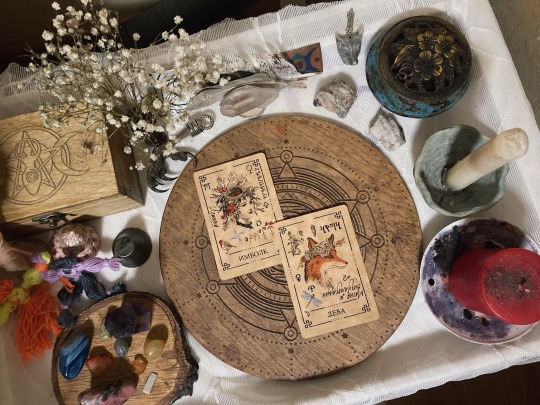

my altar Imbolc aesthetic 2024 🐑
~ blessed imbolc
#witch#altar#imbolc#wiccablr#wicca witch#wiccan#witch aesthetic#pagan witch#paganblr#pagan#witchblr#paganism#wheel of the year#pagan community#pagan aesthetic#wiccan aesthetic#witchcraft#witchcore#pagancore#wiccalife
199 notes
·
View notes
Text

I found the this wheel of the year wreath image online but despite searching couldn’t figure out who created it! If anyone does know please comment below! I thought it was such a nice idea, maybe one day I’ll try to make some myself.
#wheel of the year#witch altar#witches' sabbath#witchblr#witches of tumblr#witchcraft#wicca#pagan#witchy#witchy things#magick#baby witch#ostara#mabon#Yule#imbolc#Samhain#Lammas#litha#solstice#equinox#witches altar#witch's altar#altar setup#lughnassadh#beltaine#Beltane#wiccan altar#pagan altar
647 notes
·
View notes
Text
🐏Imbolc🐏

Imbolc, also known as Candlemas, or Brigid's Day, is a sabbat which celebrates the end of winter and the coming of spring. Groundhog's Day, a holiday celebrated in North America at this time, is very also celebrates the end of winter. The waking trees, softening and reviving Earth, and the return of the goddess. Imbolc starts on February 1st and lasts until sunset the next day.
Activities
Candle-making
Spring Cleaning
Create a Brigid Cross with straw
Plan your spring garden
Bake bread
Make potpourri
Make corn dollies
Make herbal tea
Take a hot bath
Making flower crowns or floral wreaths
Altar Decorations
White Candles
Brigid Cross
Corn Dollies
Flowers
Seeds and bulbs
Bread
Sheep and Lambs
Goddess Statues
Animals
Deer
Groundhog
Bear
Lamb
Ewe
Swan
Colors
White
Pale Green
Pale Pink
Pale Yellow
Lavender
Pale Brown
Crystals
Amethyst
Garnet
Onyx
Ruby
Turquoise
Bloodstone
Calcite
Moonstone
Deities
Bridgid
Gaia
Aphrodite
Venus
Hestia
Cupid
Eros
Flowers
Lavender
Chamomile
Daffodil
Crocus
Iris
Snowdrop
Food
Grains
Oats
Herbal Teas
Nuts
Bread
Potatoes
Seed
Honey
Milk
Cheese
White Meat
Raisins
Spice Cake
Incense and Oils
Frankincense
Jasmine
Myrrh
Rosemary
Basil
Wisteria
Vanilla
Lotus
Plants & Herbs
Angelica (Wild Celery)
Basil
Bay Laurel(Bay Leaf)
Rosemary
Cinnamon
Hay / Straw
Willow
Birch
Juniper
Spells and Rituals
Imbolc is the perfect time to cast spells, especially ones related to new beginnings, fertility, and the hearth. Spells regarding birth and rebirth are also seasonally appropriate due to many animals giving birth at this time of the year.
Final Notes
According to an old english folk tradition, if the weather is fine and clear on Candlemas, then cold and stormy weather will reign for the remaining weeks of winter. And bad weather at the beginning of February is a harbinger of a milder winter, and an early thaw.
There are different meanings for what Imbolc means, some say it means “In the belly” because of herding animals being pregnant. But historically Imbolc comes from the Gaelic word “Oimelc” which means “ewes milk”, because some animals have just given birth.
#digital grimoire#grimoire#pagan#pagan witch#paganblr#paganism#pagans of tumblr#wicca#witchblr#witchcraft#imbolc#wheel of the year#witchery#witches#witch community#witch tips#witch#wiccablr#wiccan#pagan wicca
305 notes
·
View notes
Text
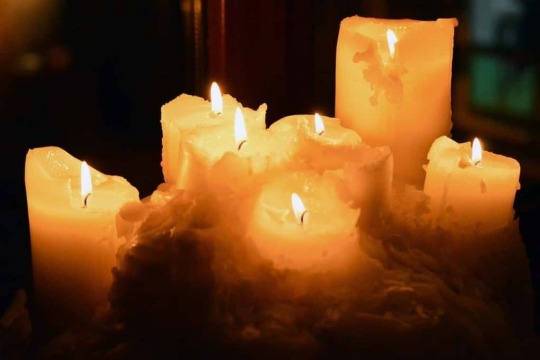
#pagan#witchcraft#paganism#witch#occult#wicca#dark#magick#wiccan#neopagan#witchblr#pagan witch#imbolc
274 notes
·
View notes
Text
happy first day of spring everybody!! we did it!! we made it through the winter!! everyone say thank you to st brigid
#(it will be freezing until may but who caressss the evenings are getting brighter)#st brigid#imbolc
220 notes
·
View notes